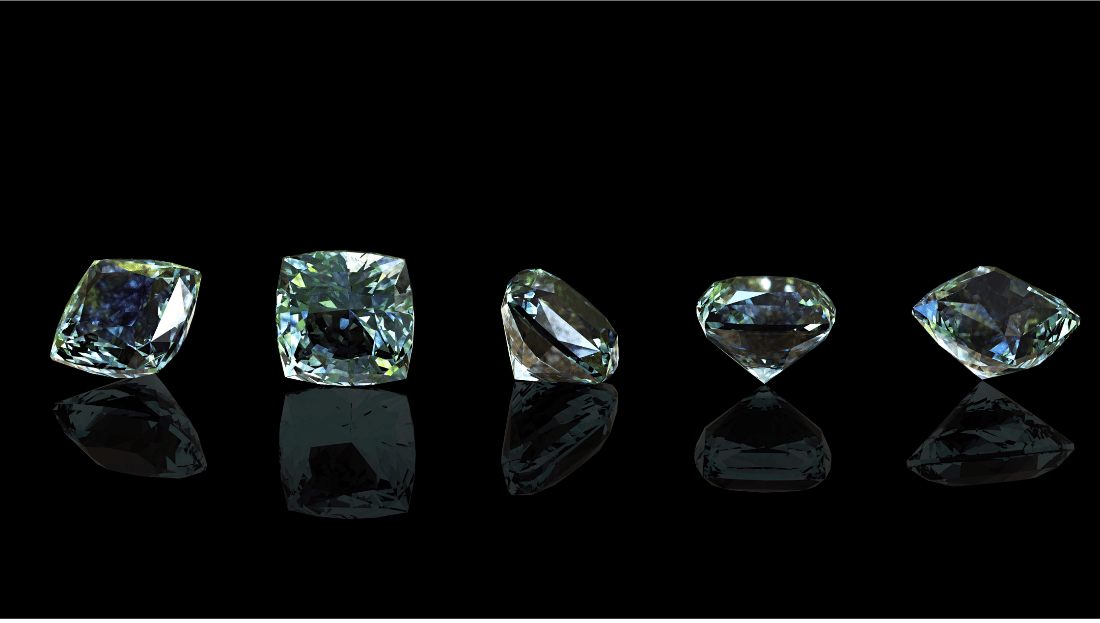Congratulations! You’ve found your life partner, and you’re thinking of popping the question. You have everything planned: the place, the people, the speech, and now you need one thing: the ring! Before you say “yes” to the ring, it’s vital to do some research to know you’re making the perfect choice. Engagement rings are a sizeable monetary investment that your partner will wear for the rest of their life, so putting the time and thought into choosing the right ring will benefit both of you.
If you need help figuring out where to start, have no fear! As jewelry professionals, we’re here to help you. Here are some of the first things to know on choosing an engagement ring:
- Budget. First things first, decide on your budget. The old myth says you should spend roughly three months’ salary on a ring but throw that idea away and spend whatever you are comfortable spending. The average cost of a ring is currently around $6,000, more than enough to buy a beautiful ring with a sizeable stone. One tip: consider buying a lab-grown diamond over a natural diamond. They look the same, and lab-grown diamonds are 30-50% less expensive.
- Know the 4Cs. When choosing a diamond, know the 4Cs: color, cut, clarity, and carat. If you can, try to get a diamond grading report so that you can see all the specifics on the 4Cs of your diamond, as well as any other information that may affect the quality of the diamond:
- Color: Graded on a scale from D-Z, with D being colorless and Z being brown or yellow. Colorless diamonds are sought more, so you want a color rating closer to D.
- Cut: the cut will determine the diamond’s shine, brilliance, and overall sparkle. The more it interacts with light, the more ideal the diamond is.
- Clarity: Clarity is one of the most important things to look for in a diamond and measures the number of irregularities and blemishes, or “inclusions,” visible in the diamond. This is graded from a scale of Flawless to Included.
- Carat: Refers to the weight and size of the diamond. The bigger the diamond, the more rare and more expensive a diamond is (given the other Cs are comparable).
- Metals. Choose a metal for the ring. The most common choices are yellow gold, white gold, rose gold, and platinum. All are excellent choices but be aware the white and rose gold may require re-plating over time. Additionally, some metals are more suitable for some diamonds than others: more colorless diamonds look better with white gold or platinum settings as a yellow or rose gold metal may show through, while more yellow diamonds may look even more yellow when offset with white gold.
- Settings. Settings hold the diamond in place and protect the stone from damage. This is where personal style comes in, so you should discuss with your partner their preferred kind of setting. Some of the most popular settings include prong, bezel, and side stone settings such as halo settings, three-stone rings, and clusters.
- Jewelers. More than anything, choose a reputable jeweler to help you choose and buy your ring. Look for jewelers with years of experience and credentials, such as GIA Graduate Gemologist GG or Applied Jewelry Professional certificates. Good jewelers will also be willing to answer any questions while showing you several diamonds and rings that are still within your budget. A good jeweler can truly make all the difference!
Lehigh Valley Jewelry & Exchange is a family-owned and operated jeweler in Allentown and Bethlehem, Pennsylvania, and has been proudly serving the Lehigh Valley since 1990. As your #1 referred jeweler, we take pride in being your number one source for any size, shape, quality, or color of certified diamonds perfect for every occasion.
Visit our website to learn more, or visit us at either of our locations today!
Sources:
https://4cs.gia.edu/en-us/blog/tips-for-buying-an-engagement-ring/
https://www.theknot.com/content/engagement-ring-shopping-tips
https://www.theknot.com/content/non-diamond-engagement-rings


